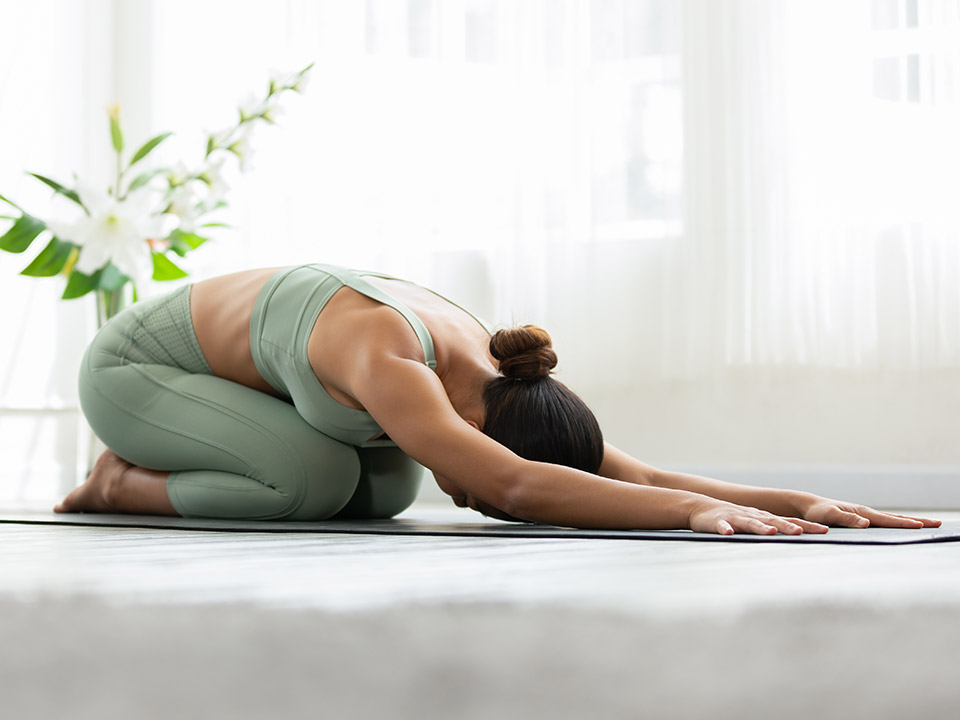Stress is an inevitable part of life, and it can have a significant impact on our physical, mental, and emotional well-being. In today’s fast-paced world, it’s essential to find ways to manage and reduce stress. One effective way to do so is through the practice of yoga. Yoga has been proven to reduce stress levels and promote relaxation, making it an excellent tool for managing stress. In this blog post, we will explore the top yoga poses that can help reduce stress and bring a sense of calm and balance to your life.
The Benefits of Yoga for Stress Reduction
Before we dive into the specific poses, let’s first understand why yoga is an effective tool for reducing stress. Yoga combines physical postures, breathing techniques, and meditation to create a holistic practice that promotes relaxation and reduces stress. Here are some of the ways in which yoga can help reduce stress:
- Relaxes the body: The physical postures in yoga help release tension and tightness in the muscles, promoting relaxation in the body.
- Calms the mind: The focus on breath and movement in yoga helps quiet the mind and reduce racing thoughts, bringing a sense of calm and clarity.
- Reduces cortisol levels: Cortisol is a hormone released in response to stress. Studies have shown that regular yoga practice can lower cortisol levels, reducing stress and anxiety.
- Promotes mindfulness: The meditative aspect of yoga encourages us to be present in the moment, helping us let go of worries about the past or future.
The Top Yoga Poses for Stress Reduction
Now that we understand the benefits of yoga for stress reduction, let’s explore the top yoga poses that can help you find calm and balance in your life.
1. Child’s Pose (Balasana)
Child’s Pose is a gentle resting pose that can help release tension in the back, shoulders, and neck. It also promotes relaxation and can help calm the mind.
To practice Child’s Pose, start on your hands and knees, with your knees wider than hip-width apart. Sit back on your heels and lower your chest to the ground, resting your forehead on the mat. Extend your arms in front of you or rest them by your sides. Take slow, deep breaths and hold the pose for 5–10 breaths.
2. Standing Forward Fold (Uttanasana)
Standing Forward Fold is a calming pose that stretches the hamstrings, back, and neck. It can also help relieve tension in the shoulders and promote relaxation.
To practice Standing Forward Fold, stand with your feet hip-width apart. On an exhale, fold forward from your hips, keeping your spine long. You can bend your knees if needed. Let your head and neck relax, and hold the pose for 5–10 breaths.
3. Downward Facing Dog (Adho Mukha Svanasana)
Downward Facing Dog is a popular yoga pose that stretches the entire body, promoting relaxation and reducing tension in the muscles.
To practice Downward Facing Dog, start on your hands and knees. On an exhale, lift your knees off the mat, straightening your legs, and push your hips up and back. Keep your arms straight and your head between your arms. Hold the pose for 5–10 breaths.
4. Bridge Pose (Setu Bandhasana)
Bridge Pose is a gentle backbend that can help release tension in the back and promote relaxation. It also stretches the chest, shoulders, and neck.
To practice Bridge Pose, lie on your back with your knees bent and your feet hip-width apart. On an inhale, lift your hips off the mat, pressing your feet and arms into the ground. Keep your shoulders relaxed and hold the pose for 5–10 breaths.
5. Legs Up the Wall (Viparita Karani)
Legs Up the Wall is a restorative pose that can help calm the mind and reduce stress. It also promotes circulation and can help relieve tension in the legs and lower back.
To practice Legs Up the Wall, sit with one side of your body against a wall. On an exhale, swing your legs up the wall and lie down, keeping your hips close to the wall. You can place a pillow or blanket under your hips for support. Hold the pose for 5–10 breaths.
Incorporating Yoga into Your Daily Routine
Now that you know the top yoga poses for stress reduction, it’s essential to find ways to incorporate them into your daily routine. Here are a few tips to help you get started:
- Set aside time for yoga: Schedule a specific time each day for your yoga practice. It can be in the morning to start your day on a calm note or in the evening to unwind after a busy day.
- Start small: If you’re new to yoga, start with a few minutes of practice each day and gradually increase the duration as you become more comfortable.
- Find a quiet space: Choose a quiet and clutter-free space for your yoga practice. This will help you focus and relax without distractions.
- Listen to your body: Remember to listen to your body and modify the poses as needed. If a pose feels uncomfortable or painful, come out of it and try a different variation.
Conclusion
Incorporating yoga into your daily routine can have a significant impact on your stress levels and overall well-being. The top yoga poses we’ve discussed in this blog post can help you find calm and balance in your life. Remember to practice regularly and listen to your body, and you’ll soon experience the benefits of yoga for stress reduction.
So, the next time you’re feeling overwhelmed and stressed, roll out your yoga mat and try these poses. Your mind and body will thank you for it!
